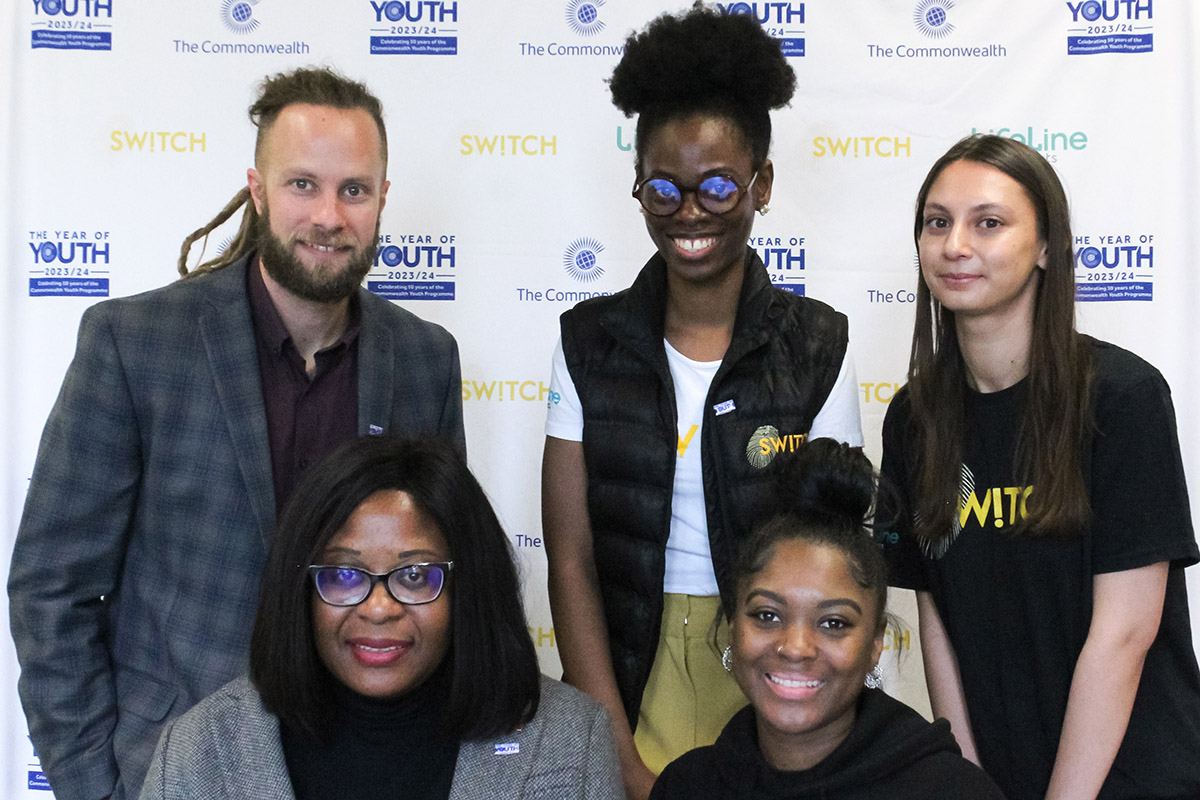"Is the doctor an information saint or sinner?"
December 4 Doctors have a duty to reveal the benefits and side-effects of treatment, argues Monica Islam, 23, a Correspondent from Dhaka in Bangladesh, so that patients can be properly informed and involved in their diagnosis and care.
Doctors have a duty to reveal the benefits and side-effects of treatment, argues Monica Islam, 23, a Correspondent from Dhaka in Bangladesh, so that patients can be properly informed and involved in their diagnosis and care.
A sudden dizziness, followed by a stinging sensation on the scalp, struck me as soon as I seated myself for lunch at home. The symptoms did not end there as a temporary nausea kicked in with the first morsel of food I placed in my mouth. This was not a mere coincidence as the side-effects were evident. I immediately discontinued the use of a topical solution for hair loss. Possible side-effects, including the ones I suffered, were mentioned on the product label, but the dermatologist’s silence on the likelihood, extent, and prevalence rates of these side-effects left me astounded and feeling cheated.
One would expect the doctor to explain the diagnosis and the treatment, including the side-effects of prescribed drugs, but such a practice often remains a distant dream in Bangladesh as well as in developed countries. The Institute of Medicine reported in 1999 that “as many as 98,000 people die each year in the United States alone due to medical errors.”[i] As a result, patients have two options: either to place absolute trust on the ‘infallible’ doctor or to rely on other sources—be it a trustworthy medical website (such as Mayo Clinic) or a second doctor—for more information.
Upon greater examination of the online materials available on hair loss solutions, I was able to gain a bigger picture of what it entails to consume the medicines in question. Ranging from physical transformations, such as greying hair, to biological changes, such as decreased libido, the side-effects were plenty and the incidence rates were quite high. It is through these massive online investigations carried out on personal initiative that I learnt about the ingredients of these medicines in non-medical language, and understood the common implications of these medicines both in the short-run and the longer-term.
As an informed patient, I concluded for myself that applying topical hair loss solutions inherently involved certain risks which I was not willing to take to achieve the benefits that they claimed to provide. Instead, I was prepared to let go of these medicines and to adopt natural remedies. In other words, the risks associated with the prescribed medicines were greater than the benefits for me, although the doctor assumed otherwise without my input.
In an attempt to treat a higher number of patients (and thereby receiving more service fees), some doctors rush through the diagnosis and treatment processes, completely overlooking the ‘information needs’ of the patient. Permission to start a certain course of action for treatment is barely sought from the patient, who is expected to submissively accept the prescription handed down by the Supreme Doctor. Even an elucidatory conversation about treatment options is deemed by some to be unnecessary in today’s patient-doctor relationship.
Often, patients receive recommendations to undergo several expensive ‘routine’ tests. If fortunate, they will be prescribed drugs only, although such prescriptions are made by the doctor often in alliance with pharmaceutical companies for bribes or sales-based commissions. Such a procedure not only earns the doctor a generous profit, but also provides the drug companies with research data on possible side-effects and success rates.
Another avaricious trend in the health sector in Bangladesh is the tendency of gynecologists to suggest delivery by C-section rather than the midwife-assisted normal delivery. Renuka (not her real name) was given a combination of painkillers and sleeping pills by the ward-nurses which put her to sleep and suppressed her natural labour pain. The following morning, the only option according to the on-duty doctors was to perform a C-section. As a result, while the baby was alive, he was born weak, and feces had entered his body. The baby returned to normalcy after a week of intensive care.
In another instance of maternity care gone wrong, Sheuli (not her real name) delivered—without C-section—a healthy baby at a maternity clinic located on the outskirts of Dhaka city, the capital of Bangladesh. The nurses-on-charge put sleeping tablets in the baby’s mouth to control her cries at night, without the consent and knowledge of her mother! The baby later developed symptoms of autism and other brain impairments.
While medicine is a vast, specialized body of knowledge, health practitioners must be legally obligated to involve patients in all the phases of diagnosis and treatment. When patients accept a particular treatment psychologically, the body responds to it positively too. Patients too have a role to play in this communication. They must see themselves as ‘active medical consumers’ and not as ‘passive health beneficiaries.’ Most remedies have varying reactions and not all prescriptions are completely effective, so patients must not hesitate to ask questions, to extract the pros and cons of every treatment, and to decide whether the benefits outweigh the risks for them.
[i] What Works, What Doesn’t: The Bottom Line on Everything Health by The Reader’s Digest Association, Inc. This same book provides insights on how to be a better medical consumer.
photo credit: Ano Lobb. @healthyrx via photopin cc
…………………………………………………………………………………………………………………
About me:
I aim to advance human rights and social justice through the media. I am a prolific reader, writer, and development-enthusiast.
I have attended several development-oriented conferences and media trainings at home and abroad, such as Global Social Business Summit (Austria), UNFPA Global Youth Forum (Indonesia), and Asia-Pacific Youth Parliament for Water (South Korea). I’d like to think of myself as a versatile person who is open to multiple intersecting possibilities.
…………………………………………………………………………………………………………………
Opinions expressed in this article are those of the author and do not necessarily represent the views of the Commonwealth Youth Programme. Articles are published in a spirit of dialogue, respect and understanding. If you disagree, why not submit a response?
To learn more about becoming a Commonwealth Correspondent please visit: http://www.yourcommonwealth.org/submit-articles/commonwealthcorrespondents/
…………………………………………………………………………………………………………………






